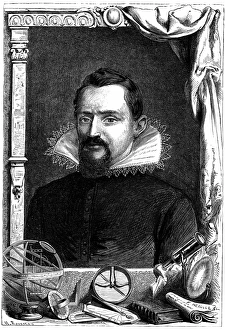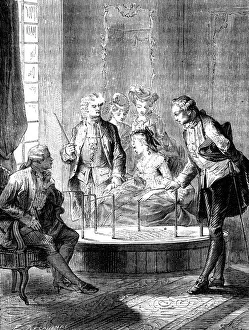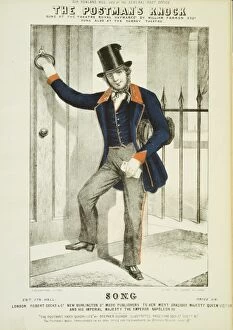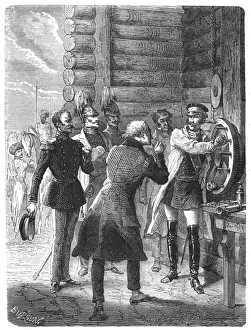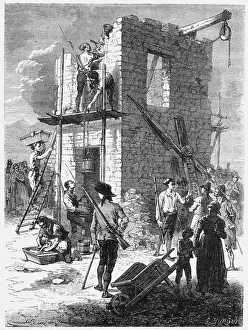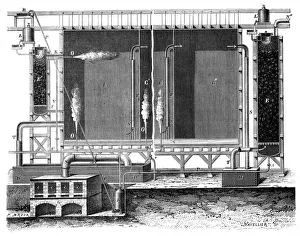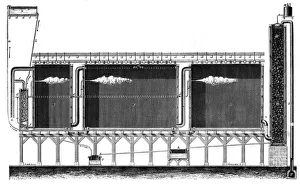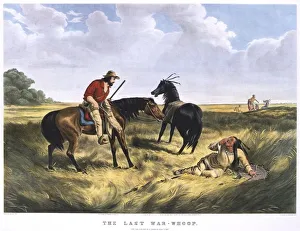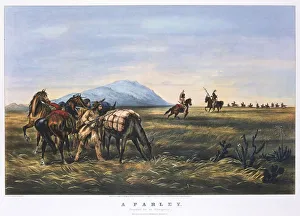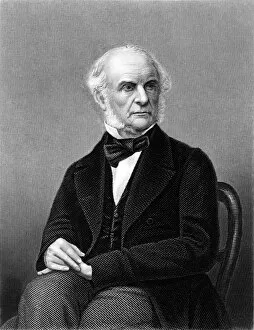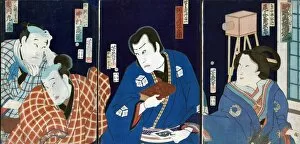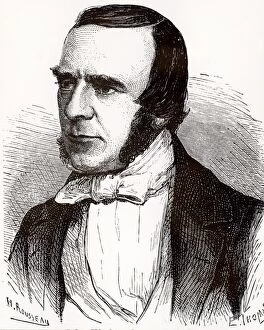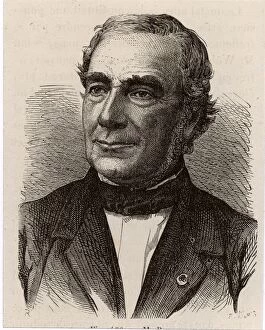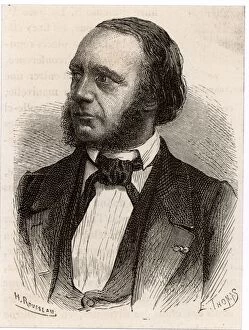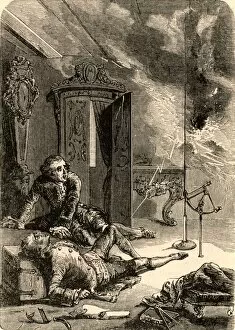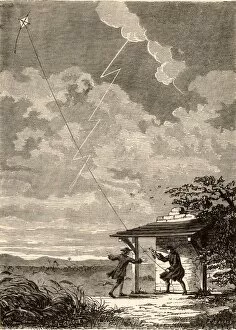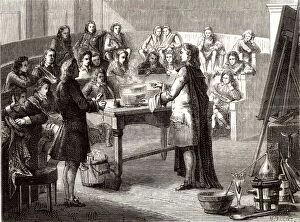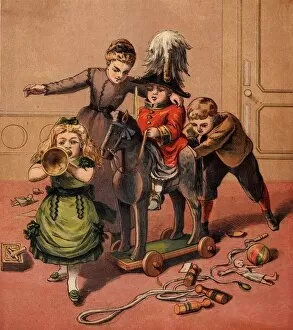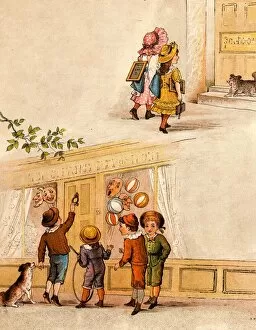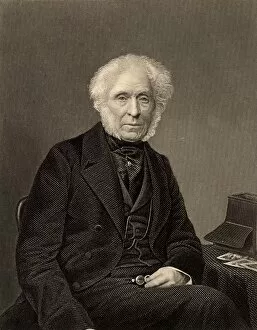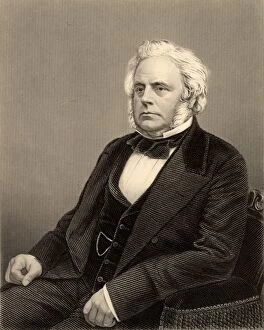C1870 Collection (page 2)
"C1870: A Glimpse into the Past" Step back in time to the year 1870, where history unfolds before our eyes
All Professionally Made to Order for Quick Shipping
"C1870: A Glimpse into the Past" Step back in time to the year 1870, where history unfolds before our eyes. From the heroic tales of James Wolfe, an English soldier who met his untimely demise on the Heights of Abraham in 1759, to the mesmerizing beauty of Israel's Dead Sea circa 1870. Imagine standing on the shores of Sebbeh, gazing at the enchanting landscape that has captivated visitors for centuries. The mystique and allure of this ancient land are palpable as you take a moment to soak in its timeless charm. In another corner of the world, Mesmer's consulting room opens its doors after his groundbreaking treatise on animal magnetism in 1779. Picture yourself sitting around his infamous tub filled with dilute sulphuric acid alongside fellow patients, all seeking solace and healing through this unconventional therapy. Meanwhile, love knows no bounds as we witness a tender moment between husband and wife during a burial ceremony circa 1870. Their bond transcends time as they bid farewell to their loved one with utmost respect and devotion. Venturing further into Europe's majestic landscapes, we find ourselves amidst the breathtaking Pyrenees mountains. Roland echoes through these peaks; his legendary story intertwining with nature's grandeur creates an atmosphere brimming with both awe and reverence. Traveling across continents takes us to Morocco where vibrant colors fill every corner - even within a humble shoe shop circa 1870. Each pair tells a unique tale woven by skilled artisans who have mastered their craft over generations. As we delve deeper into everyday life during this era, we stumble upon a playful scene: a young boy donning a mask while joyfully immersing himself in imaginative play circa 1870. His innocence reminds us that childhood is universal regardless of time or place. Lastly, let us not forget fashion's ever-evolving nature as we explore the child fashions of circa 1870.




